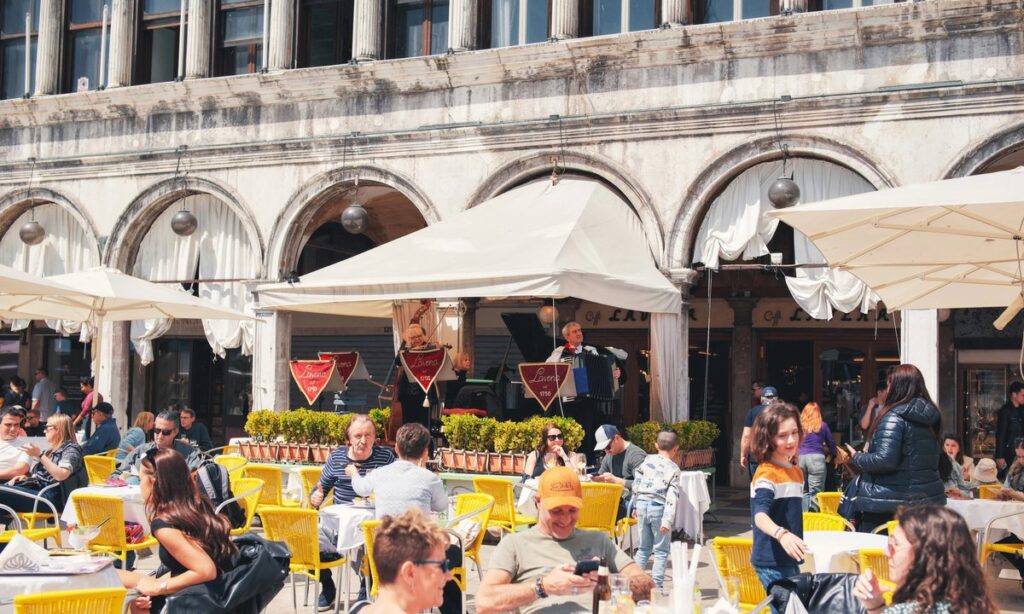[ad_1]
Venice has extended—and increased—its tourist tax for 2025, although official data shows that the entry fees for day trippers did not curb visitor numbers during the trial period in spring and summer 2024.
In fact, data compiled by the city’s Smart Control Room monitoring system found that during the 29 dates the initial €5 access fee was in force in 2024, Venice received on average 7,000 more visitors compared to the same days of the previous year. With a population of fewer than 50,000 residents, the city receives around 40,000 tourists a day.
The city council under mayor Luigi Brugnaro announced in October that it will double the fee in 2025 to €10 for those who book less than four days in advance of their arrival in Venice. It is also increasing the number of days that the charges will be implemented from 29 to 54 in the new year. This will come into effect for an initial period from 18 April to 4 May, and then continue until the end of July, mostly on weekends (including Fridays) and public holidays.
The system introduced in 2024 will otherwise remain the same, with the access fee applied to day trippers over the age of 14 arriving between 8.30am and 4pm in the historic centre of Venice, excluding those who are only visiting the islands such as Murano and the Lido. The scheme does not apply to tourists staying in hotels or guest houses who already pay a nightly tourist tax. Also exempt are residents of the Veneto region, homeowners, students, workers and those visiting friends and relatives who live in Venice.
The city council also promises tighter controls on the payment of the tax. Visitors need to pay the charge online and download a QR code to show inspectors stationed in key areas like the Santa Lucia train station. Visitors who evade the entry fees may be fined up to €300.
But according to Jan Van Der Borg, an economics professor specialised in tourism at Ca’ Foscari University in Venice, the city council’s access fee has failed in its stated goal of combating over-tourism.
Based on the 2024 data, the charges have had “no impact on the tourist numbers arriving in the city”, Van der Borg says. He argues that “the low amount requested, even with the increase” projected for 2025, along with the many exemptions to the fee, particularly visitors from the wider Veneto region, “are all conditions that make the ticket absolutely useless in terms of possibly reducing the flow of tourists”.
The council’s plan to double the fee in 2025 “is not even linked to a fixed attendance limit in the city”, adds Van der Borg, who led an academic study that calculated Venice’s maximum capacity for day trippers at 50,000. “Even in this new version, the ticket will have the same effect as the previous one,” he predicts. “The only change is that it will certainly increase the income of the municipality of Venice.”
The Venetian councillor for tourism, Massimo Venturini, says the scheme “is not the magic wand for every problem”, but it “is working perfectly” and has allowed “to bring out a grey [area] of hotel facilities and rentals that were not officially registered, and that now have [signed up] so as to obtain the exemption for their tourists and their overnight stays”.
[ad_2]
Source link

